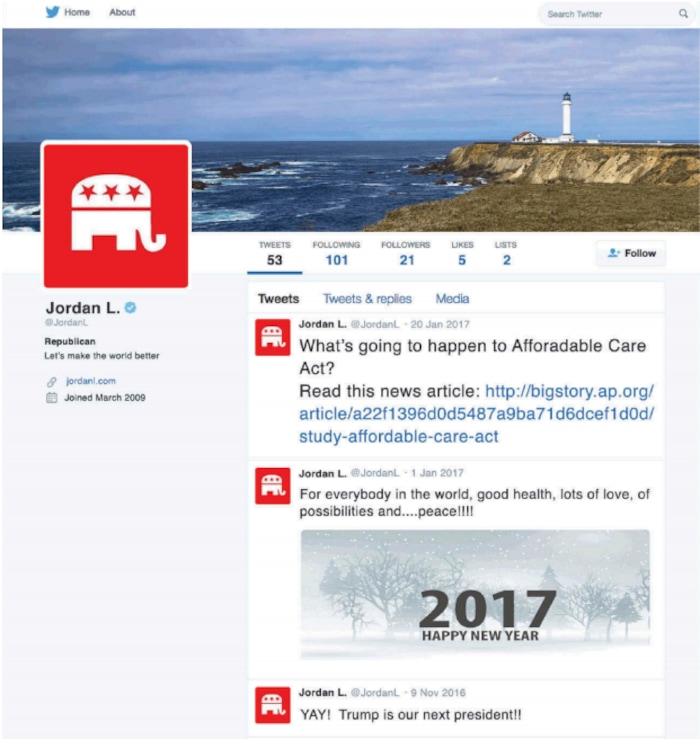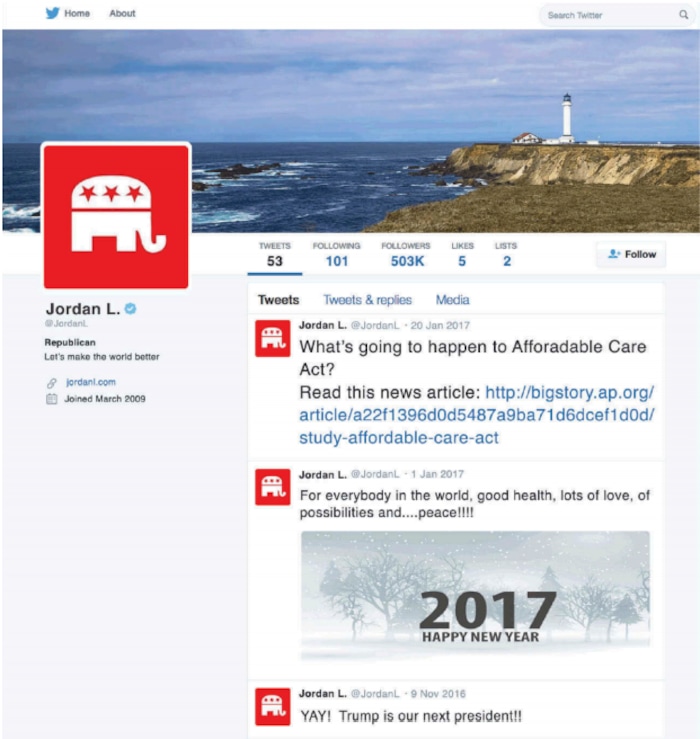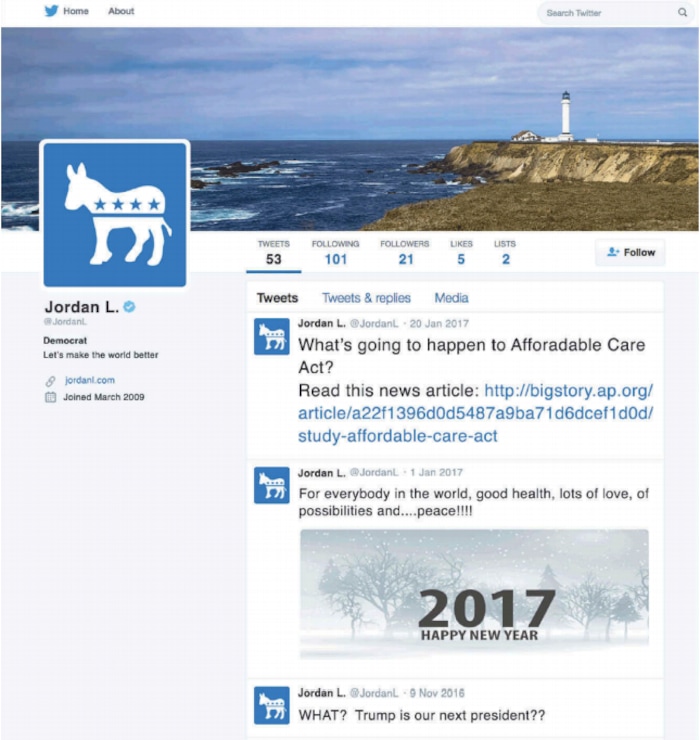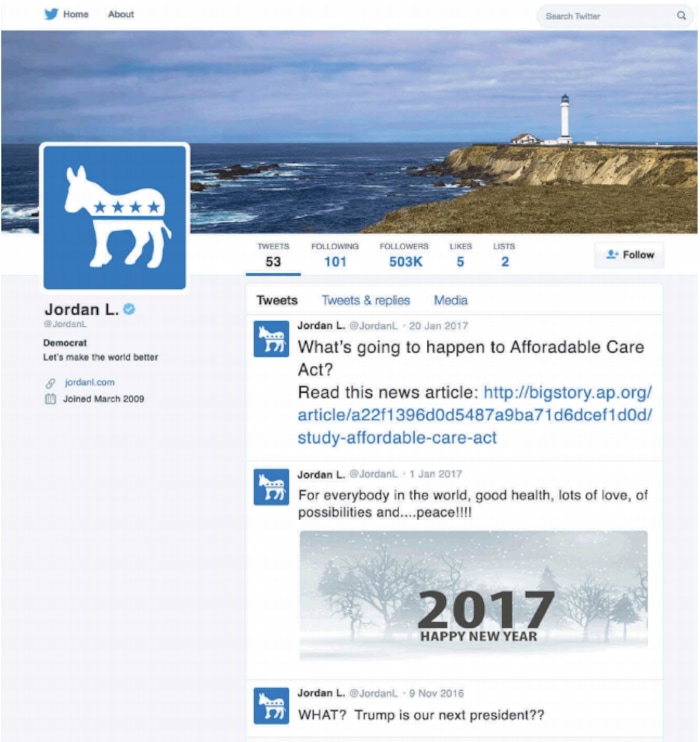How politically biased is a news article shared on Twitter? That depends on the political beliefs of the person reading the tweet and the account posting it, according to a new study co-written by two University of Utah professors.
“In past studies, [researchers have] studied who created the message. We wanted to talk about who shared the message,” said Tae Kyoung Lee, an assistant professor in the U.’s department of communication and lead author of the study, published this month in the journal Mass Communication and Society.
Lee and her co-authors — Youngju Kim from Konkuk University in Korea, and Kevin Coe, associate professor in the U.’s communication department — examined how differently Republicans and Democrats perceived bias in articles posted on Twitter accounts depending on the poster’s political affiliation and number of followers.
The study’s most unusual finding was that “if the tweeter has a larger number of followers, Republicans’ thinking about the hostile media increased,” Lee said. “However, the other effect [was seen] for Democratic participants.”
Lee pointed out that 62 percent of adults in the United States get their news on social media — and many are more likely to see stories shared by others, not posted by news outlets.
For the study, Lee and her collaborators created four dummy Twitter accounts, identical except for two variables: Two showed a Republican Party elephant, and the other two a Democratic Party donkey — and for each party affiliation, one account showed it had only 21 followers, while the other had a robust 503,000.
On each account, the researchers posted a seemingly benign article, headlined “What’s going to happen to Affordable Care Act?” The article is credited to The Associated Press, a news service generally perceived to be neutral — though the researchers created the article from passages from The Washington Post, which some see as somewhat left-leaning, and the conservative Fox News.
Respondents were asked to gauge whether the article was biased against their position, using a scale of 1 to 7 — 1 being “strongly disagree” that the article was biased against their views, 7 being “strongly agree” that it was biased.
When the account had 21 followers, Republicans thought the article on the Democratic-leaning Twitter account was more biased than the one on the Republican Twitter account. For Democrats with the 21-follower accounts, the reverse was true.
But the results shifted when respondents looked at the accounts with 503,000 followers. Republicans thought the article on the Democratic account was more biased than the same article on the Republican account — in fact, the gap is even wider than with the 21-follower accounts. But the Democrats surveyed found the article on the Republican Twitter account was slightly less biased than the one on the Democratic-labeled feed.
“Republican participants seem to believe a larger number of followers means a larger reach. They believe this news story will influence lots of people. They have negative emotions, or are [less likely] to accept that fact, and they believe the story is very biased,” Lee said. “However, for the Democrats, they seem to believe that a larger number of followers means a very high credibility of the tweeter.”
Lee said further studies are needed to understand why this difference exists.



